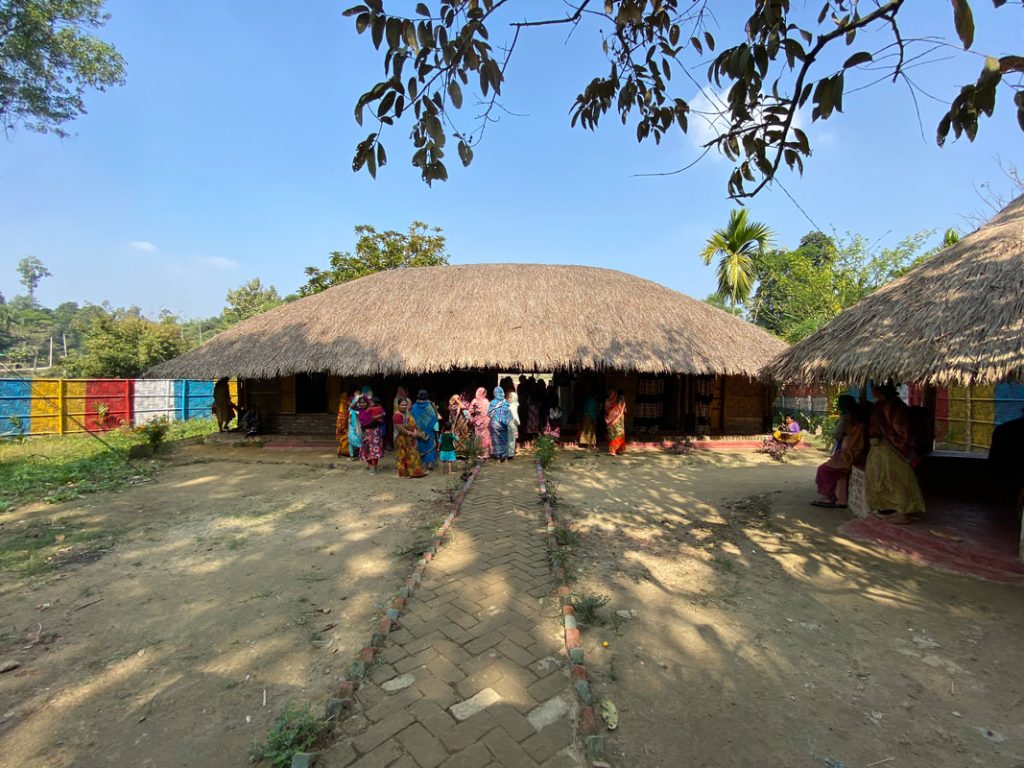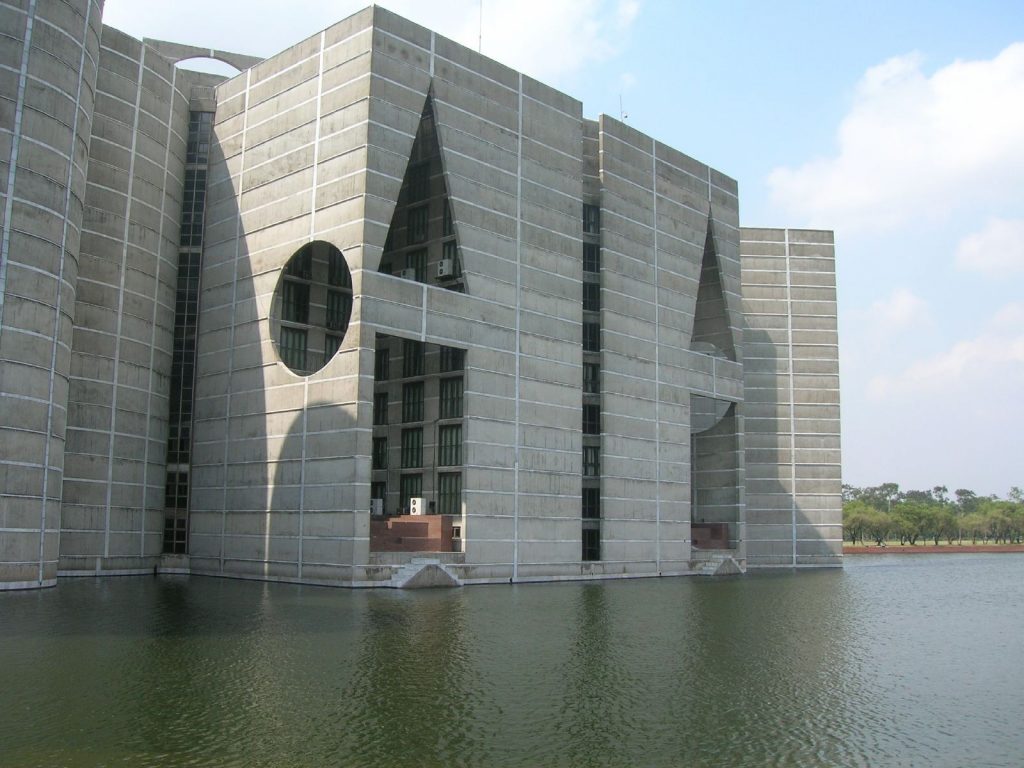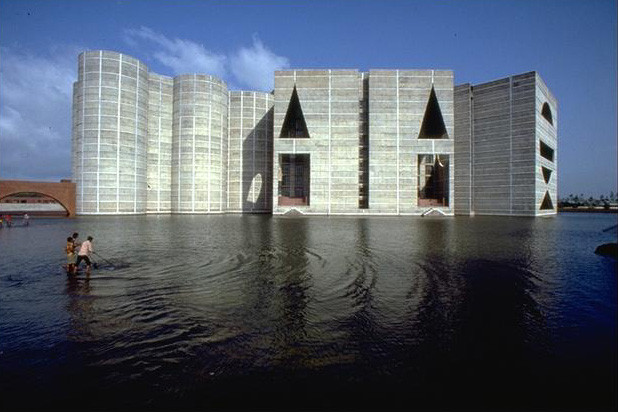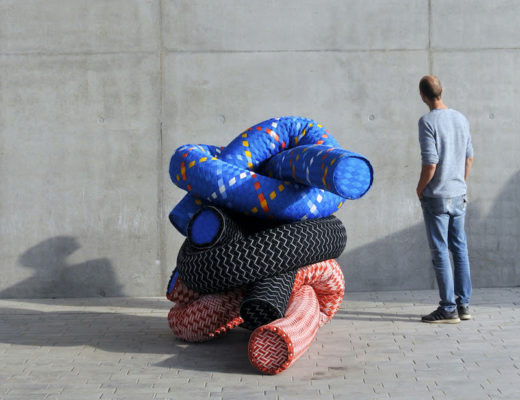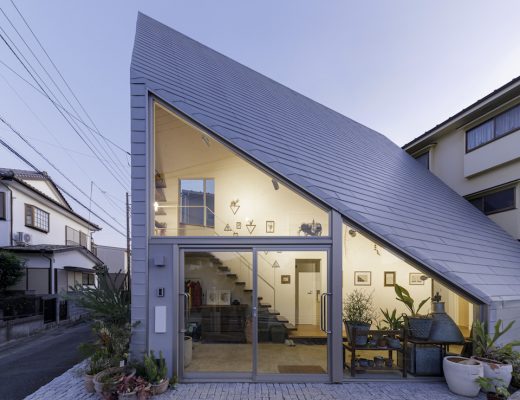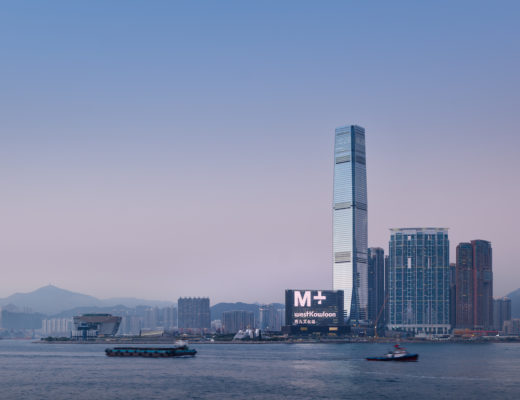Bangladesh-based architect Rizvi Hassan works extensively on community-centered projects that primarily address the housing challenges faced by refugees and displaced communities. DE51GN speaks to Hassan to discuss what drives his work and how does he strike a balance between designing spaces that provide a sense of belonging to the refugees while keeping the local context intact.

Bangladeshi architect Rizvi Hassan has worked on several community projects that have been specifically designed for displaced and marginalised communities.
What inspired you to address social issues through architecture?
Rizvi Hassan (RH): What can an architect offer during an emergency situation in society? Wars, natural disasters, pandemic, displacement, marginal poverty – all these issues make our collective life more vulnerable. Different professionals, anthropologists, psychologists, artists, doctors and others have made their positions clear and important. Even a good number of engineers are working directly as frontliners and contributing with their full potential. As architects work on developing quality of life and living environment, they have so much more to offer in these diverse and more critical situations. Being able to rationally contribute in the most vulnerable situation makes an architect stronger as a professional.
What are some of the social issues that are most prevalent in Bangladesh that could benefit from intervention by architects?
RH: If one looks at the current situation, there is a lot to do. The current development of the economy is bringing a lot of change in culture and practices. The rural scenario is changing; people are migrating as well as trying to bring changes in their own areas mostly influenced by the practices in a city. But if you go to a village, almost in any village, one can feel how truly beautiful the essence is there and how rich the land is. I think it is very much necessary to be there for the people (who are going through the changes) and educate them and create a newer dynamic of appreciation.
What are the challenges you face as an architect working within the social realm of architecture in a developing country?
RH: The challenge is mostly overcoming your own fear. That one may or may not be able to sustain while working on the ground. But it is a matter of changing your own perspective and shifting the paradigm that makes it appear possible. Striking a balance (projects to sustain and projects to make a change) will be a challenge, but that is one thing that as an architect practicing here, I need to try to achieve.
Another challenge is the general idea that people have about the service of an architect. They often don’t understand how an architect can contribute. So, effective examples are yet to be made.
“Hindupara Community Center and some other projects in the camp have been considered as events rather than just a static product. These offer stateless people an environment where they get the scope to have a say and be a part of the surroundings even in the temporary state. They are encouraged to share ideologies, ethical knowledge and preferences so that they can continue their own intellectual growth.” – Rizvi Hassan
What kind of opportunities are available for young and emerging architects to contribute to the new narrative of the built environment in Bangladesh?
RH: People – even in the furthest areas – are willing to go for a better change and listen to a well-educated person. And an architect will find so many ways to offer their contribution.
Cox’s Bazaar is home to a large number of refugees. How can community centres such as the Hindupara project help in providing refugees a more dignified existence as they cope with the loss of home and identity? Can you cite examples of any such projects elsewhere in the world which you think are doing a good job of providing hope to the displaced communities?
RH: Hindupara Community Center and some other projects in the camp have been considered as events rather than just a static product. These offer stateless people an environment where they get the scope to have a say and be a part of the surroundings even in the temporary state. They are encouraged to share ideologies, ethical knowledge and preferences so that they can continue their own intellectual growth.
As an architect, what are the few aspects (such as cultural nuances) that you consider while designing a place for displaced communities that gives them a sense of belonging even as the local context of place and surroundings remain intact?
RH: For a sustainable construction, it always has to be using local techniques and available resources that will not disturb the harmony within the context. For a sense of belonging, space, materials and components that are easily adaptable to the displaced are considered as well as the design and construction process where they can relate and contribute even in the most subtle way.

Refugees contributed by building the Hindupara Community Centre themselves using sustainable materials.
Such community projects are inherently sustainable due to the availability of limited resources. How do you strike a balance between low-impact construction and practicality of the structure itself?
RH: Assembling the available resources in hand in the most efficient and artistic way possible – considering the functionality of the building – is the challenge an architect has to face in these projects. To that effect, designing the components of the structure that co-relates to the dimensions of available resources can be key to less wastage and sustainable construction. These components need to be practical and suitable for service.
In the Hindupara Community Center, every component has been designed considering the dimensions of the resources. A wholistic system was designed to assemble these components and make any functional space required in the camp.
Bangladesh has a legacy of iconic buildings by legendary architects such as the National Assembly of Bangladesh by Louis Kahn. How has architecture evolved since then to reflect the growth of a young country?
RH: Modern architecture has influenced designers and architects both in a positive and undesirable way. As it has provided opportunities to understand the importance of contemporary practices elsewhere in the world and to connect to a global context, it has also narrowed down visions and understanding of appropriate practices in the largest delta of the world. Designing in a landscape like the one in Bangladesh requires very different and sustainable approaches and these approaches are recently being explored and appreciated instead of contemporary practices.
You might also like:
Woha brings green, sustainable architecture to Taichung with its first Taiwan project
SHAU architects designs elevated community library in Indonesia’s central Java using local wood
What kind of impact has urbanisation had in Bangladesh which has one of the most dynamic economies at the moment?
RH: Urbanisation has created a lot of scopes as well as a lot of imbalance in the lifestyle here. It changed the root once everyone had and focused more on migration-based lifestyle. Thus people often focus on profits to move to a city or another country rather than building your own community.
What are the three things you’d most like to see in terms of architecture making an impact on Bangladeshi society?
RH: Rural development, the landscape for a sustainable lifestyle and education.


